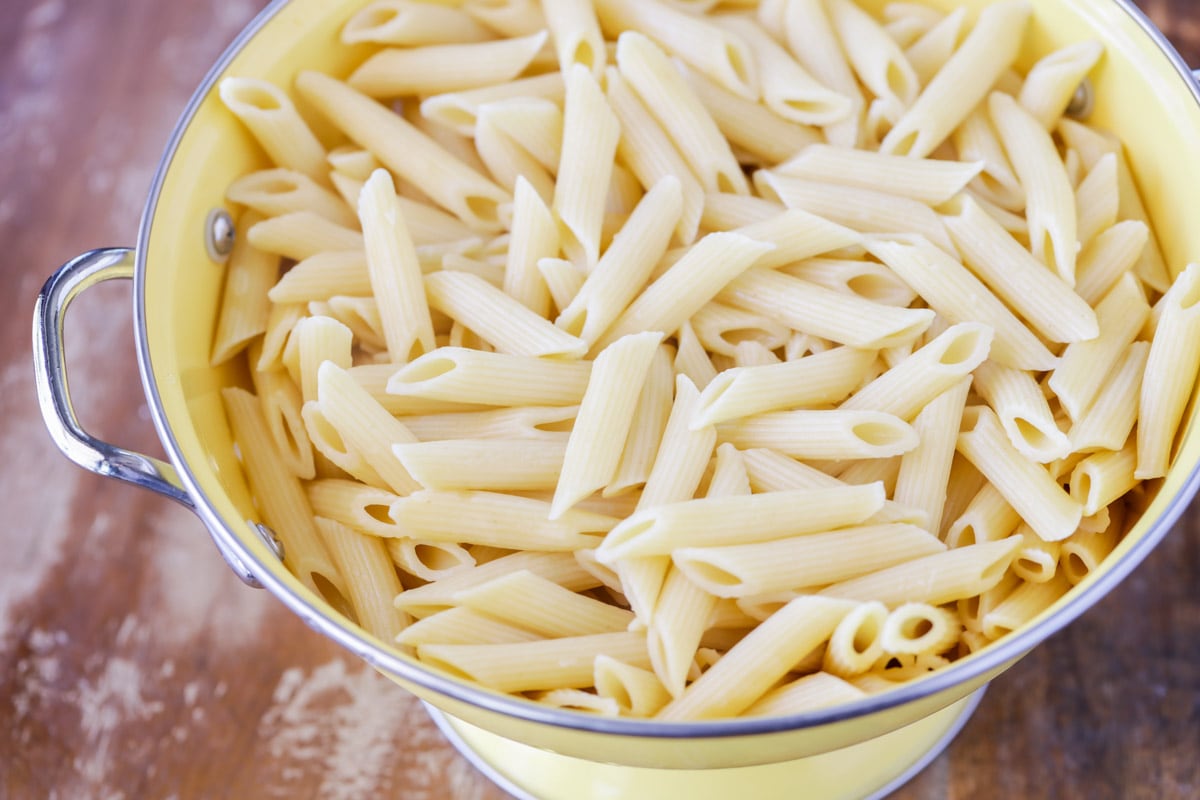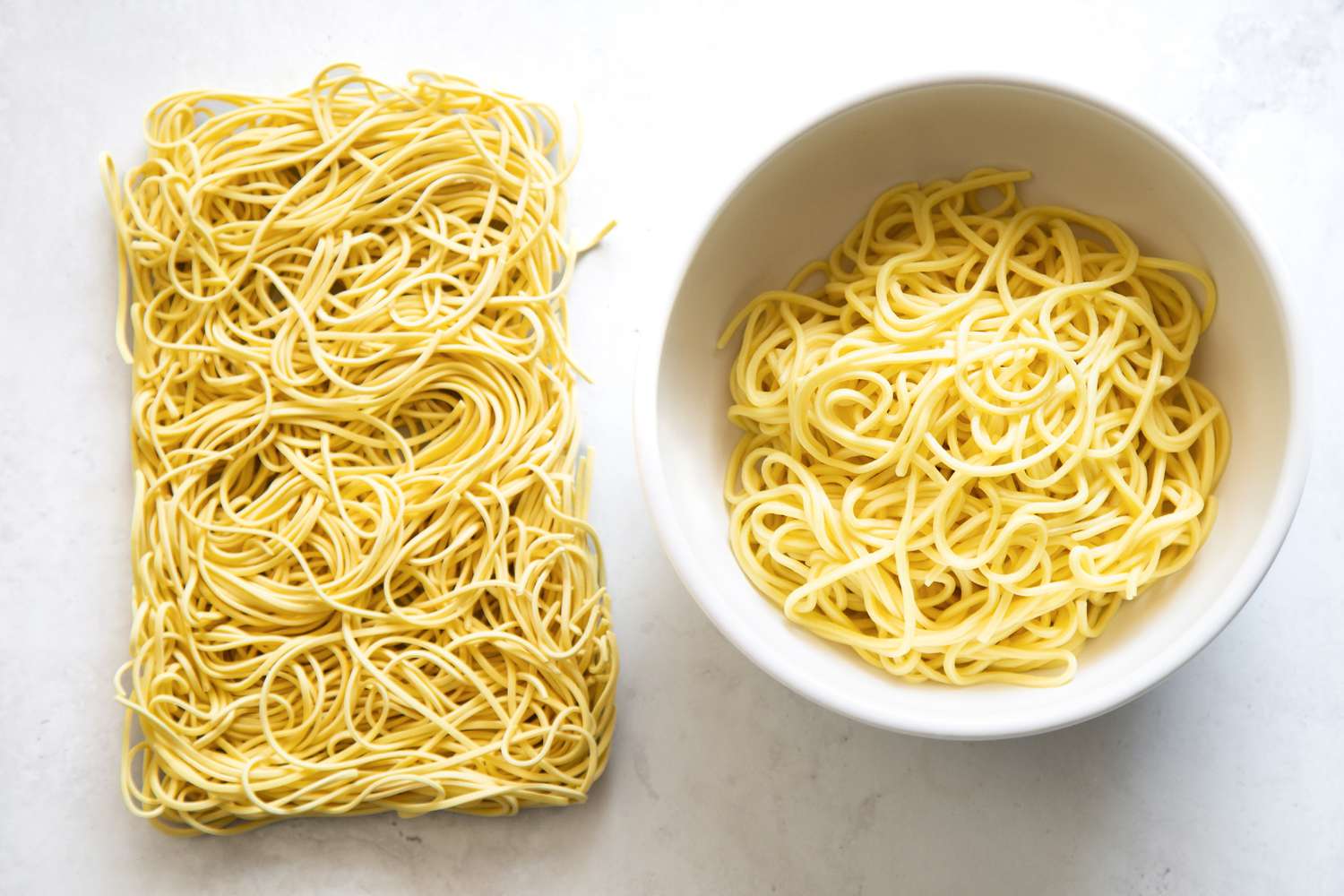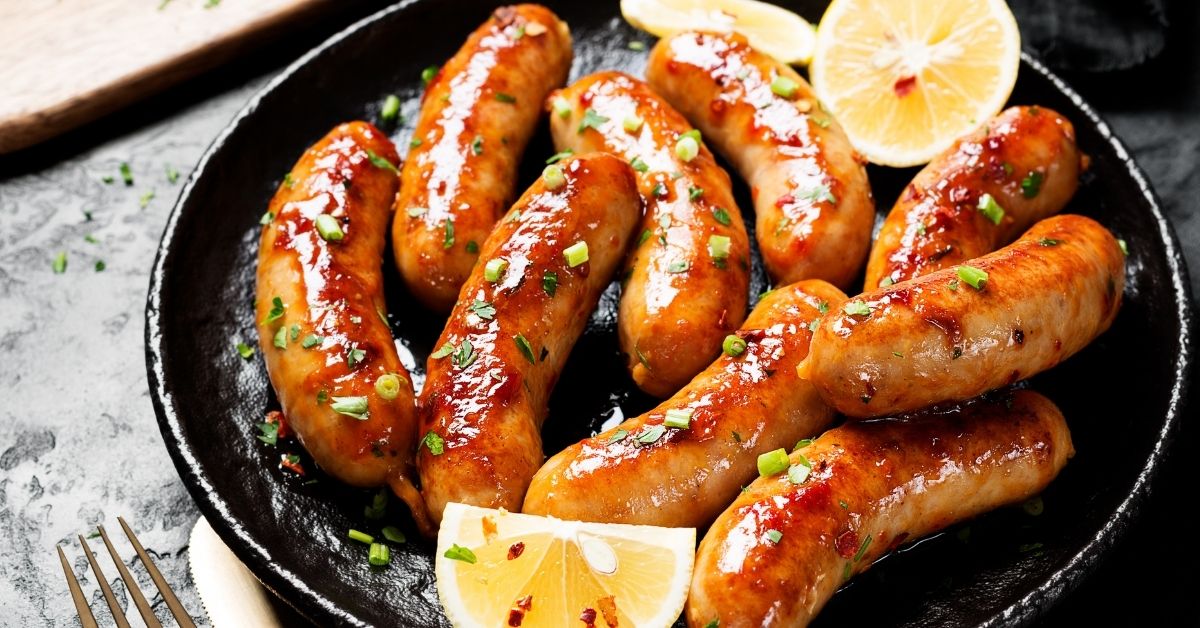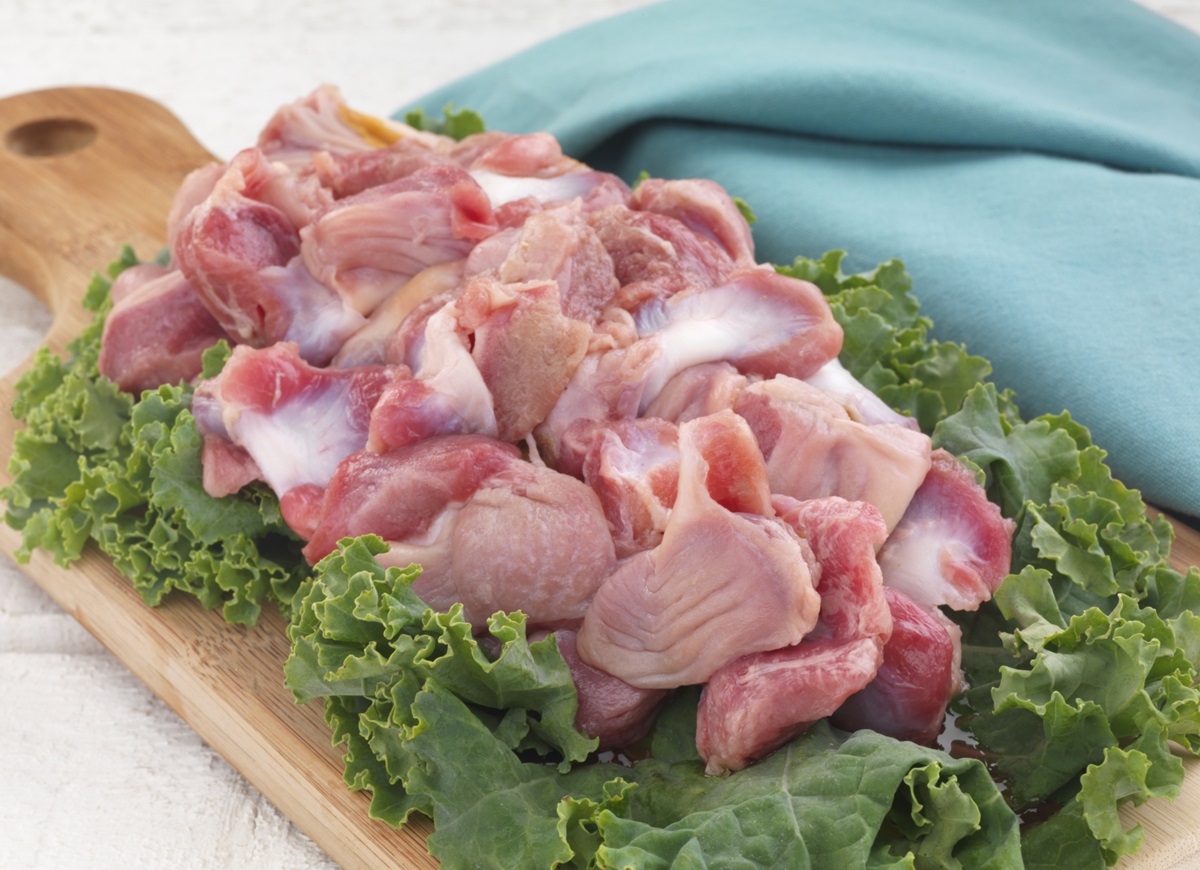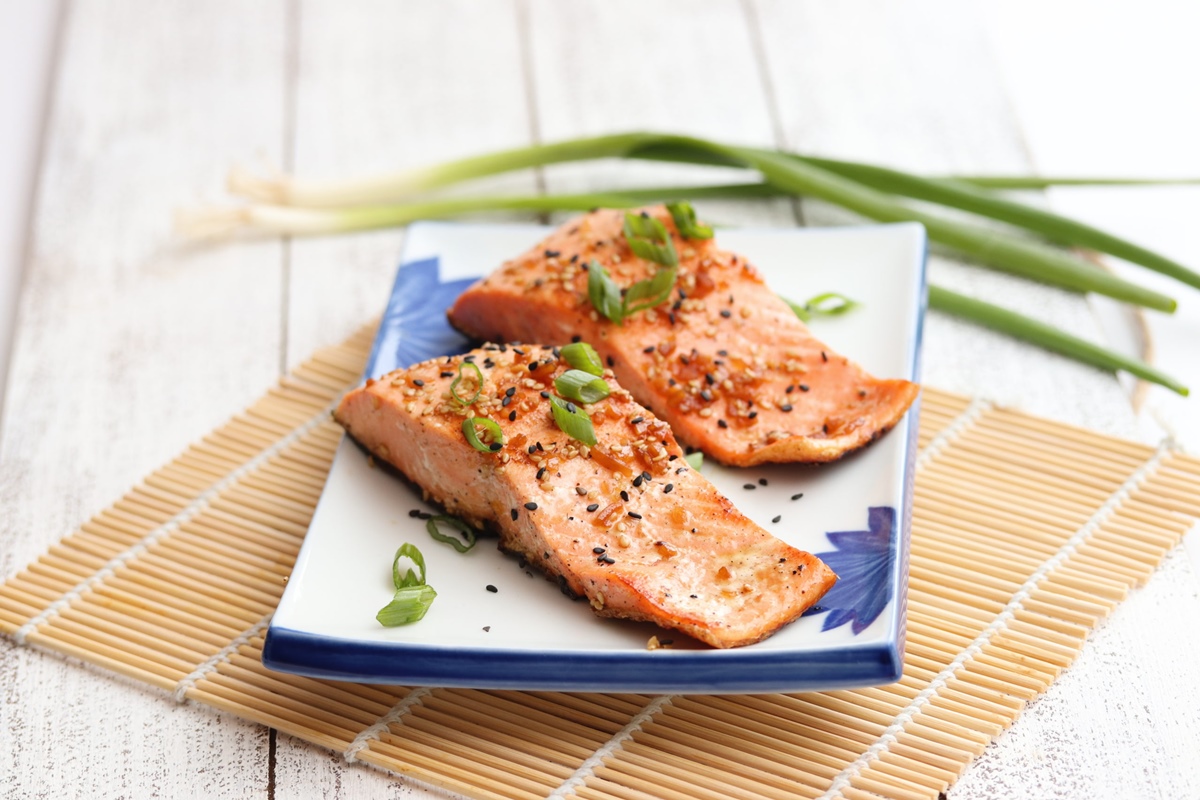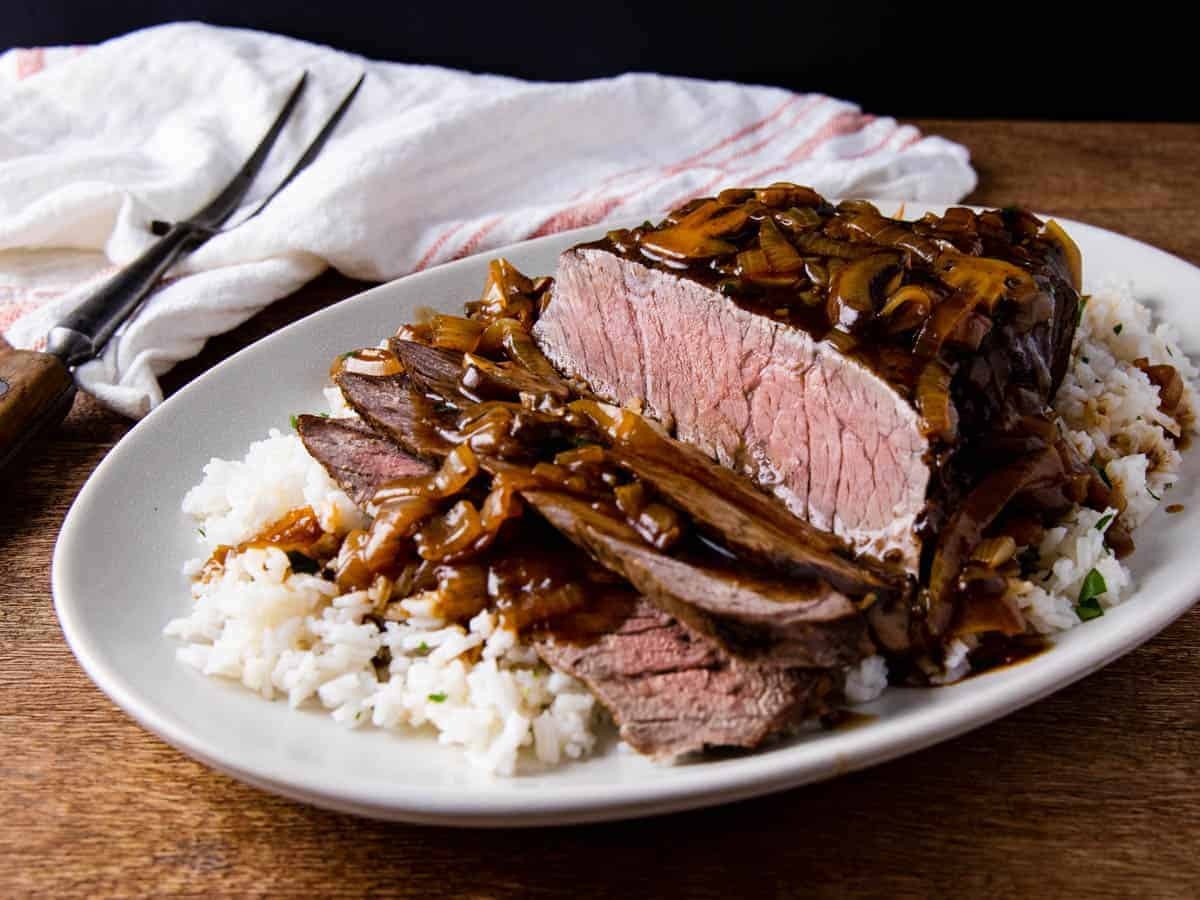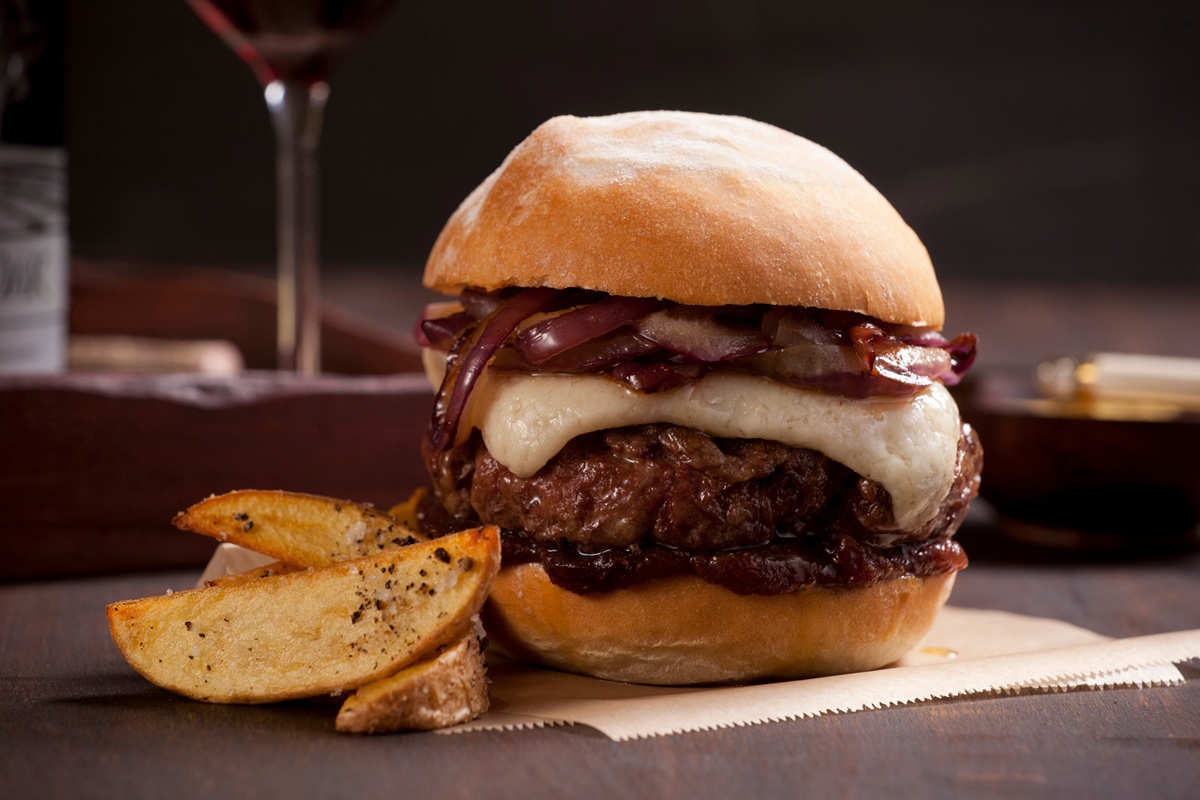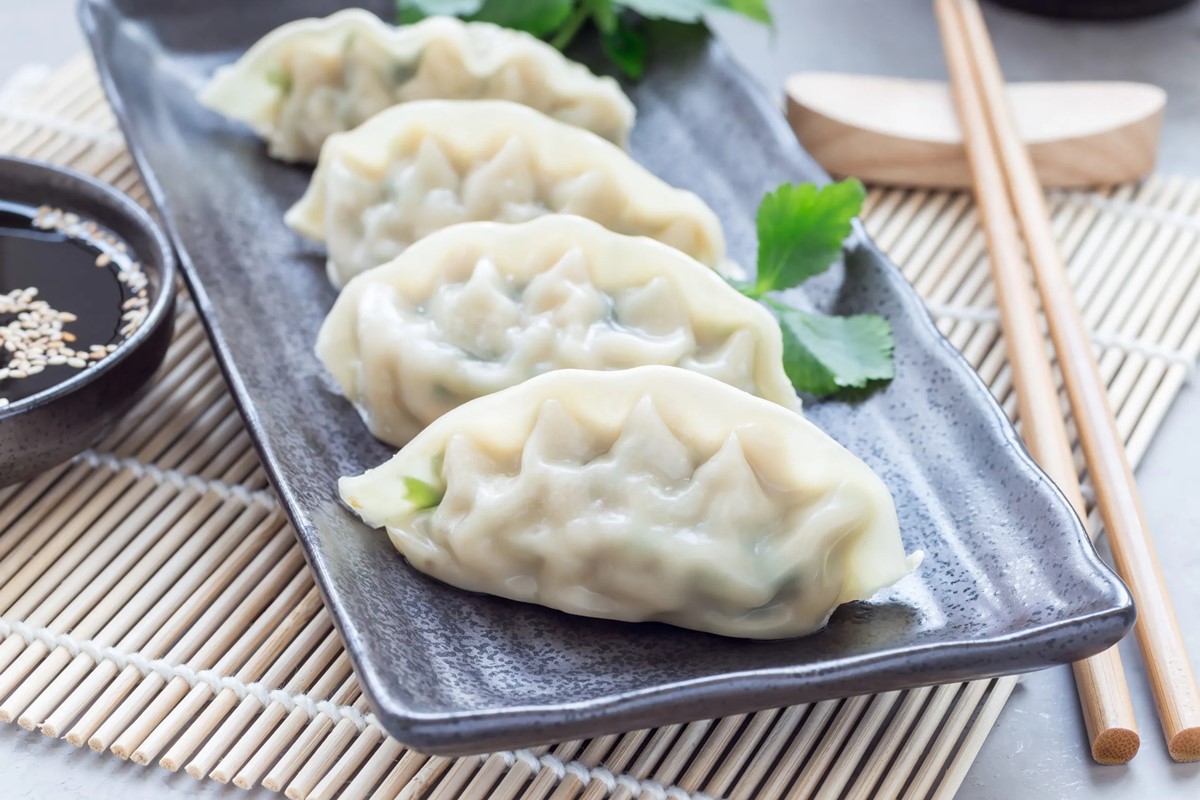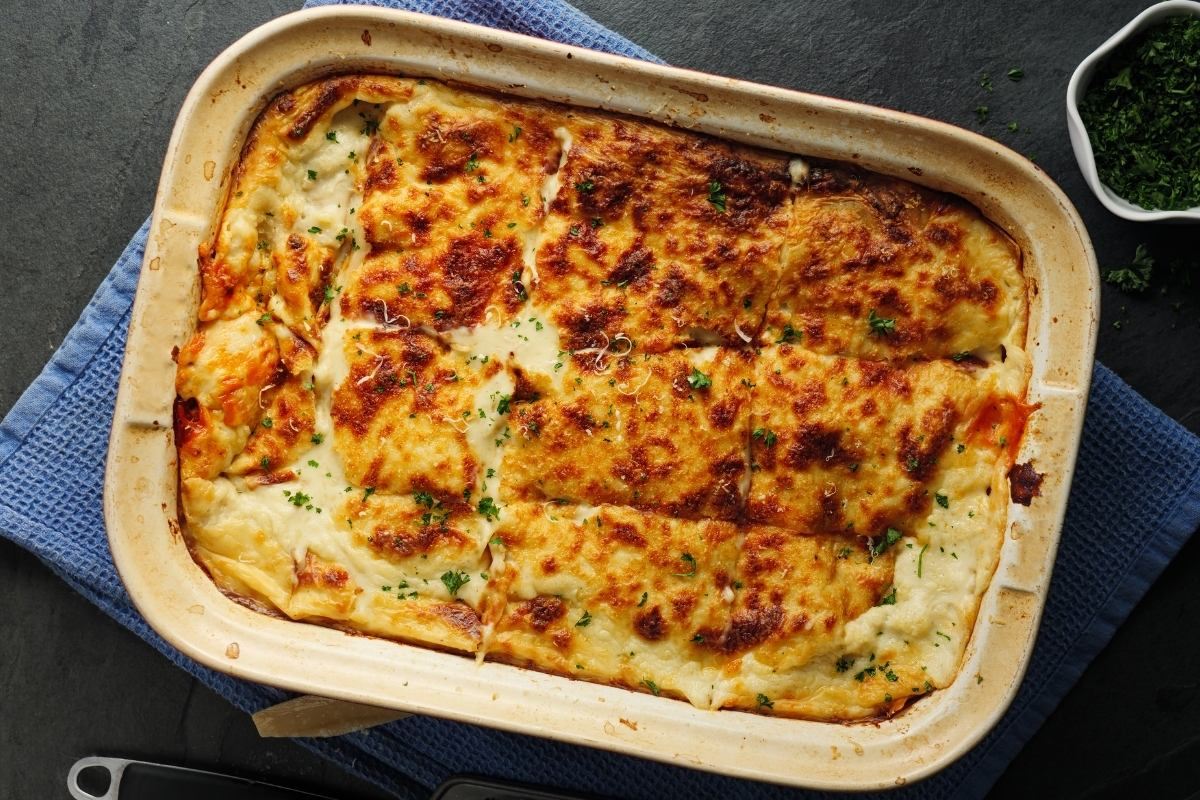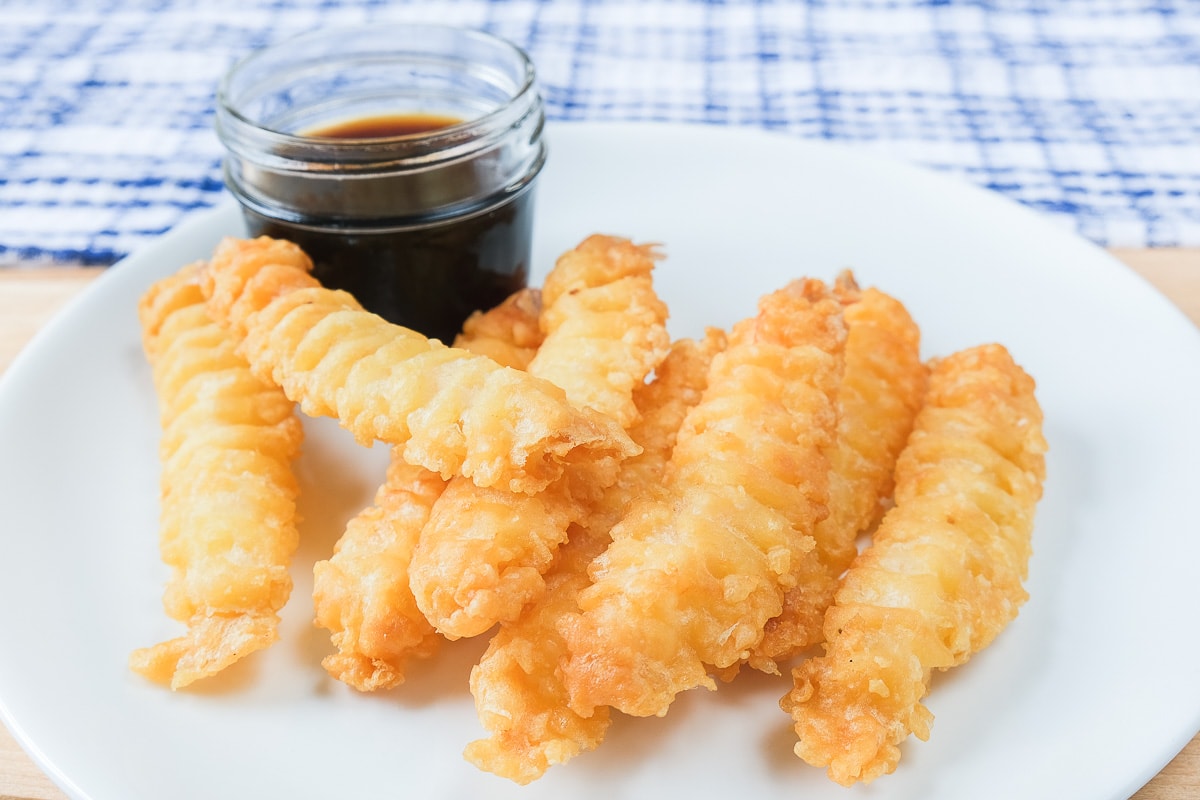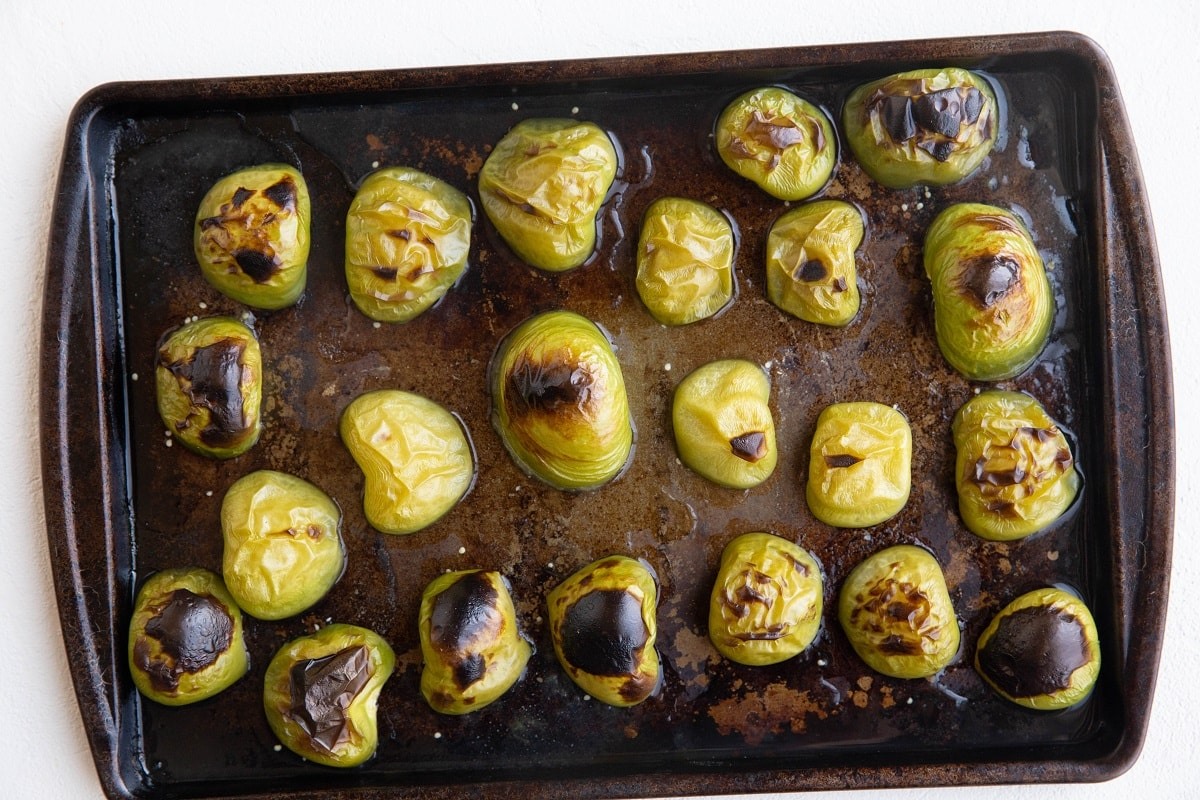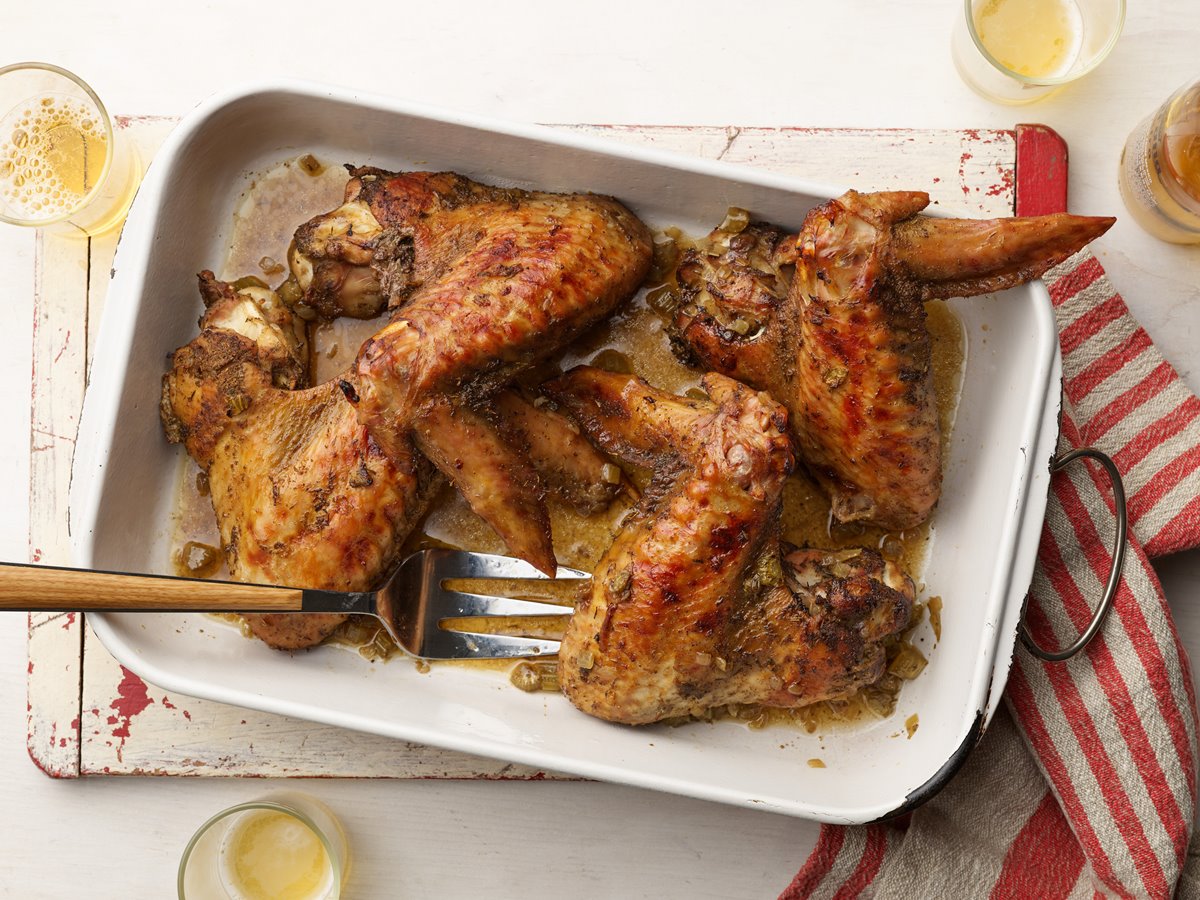Deliciously Simple: Cooking Dried Pasta Nests to Perfection
When it comes to quick and satisfying meals, pasta is a go-to for many of us. Not only is it versatile and delicious, but it’s also incredibly easy to cook. Today, we’ll be diving into the art of cooking dried pasta nests – a delightful twist on the traditional pasta dish. With just a few simple steps, you’ll have a mouthwatering meal ready to enjoy in no time.
What You’ll Need:
- Dried pasta nests
- Water
- Salt
- Olive oil
Step 1: Boiling the Water
Start by filling a large pot with water. For best results, use about one gallon of water for every pound of pasta. Bring the water to a rolling boil over high heat. While waiting for the water to boil, add a generous amount of salt to enhance the pasta’s flavor.
Step 2: Adding the Pasta Nests
Once the water is boiling, carefully place the dried pasta nests into the pot. Gently stir them to prevent sticking. Let the pasta cook uncovered.
Step 3: Cooking Time
The cooking time will vary depending on the type and brand of pasta you’re using. Refer to the package instructions for a general guideline. However, it’s always a good idea to test the texture of the pasta as you go. You want it to be al dente, which means it should still have a slight firmness when bitten.
Step 4: Drain and Rinse
Once the pasta nests are cooked to perfection, gently drain them using a colander. Rinse them briefly with cold water to stop the cooking process and prevent them from sticking together. An optional drizzle of olive oil will help keep the pasta moist and prevent clumping.
Step 5: Serving and Enjoying
Now comes the fun part – serving and enjoying your deliciously cooked dried pasta nests. You can top them with your favorite sauce, whether it’s a classic marinara, a creamy Alfredo, or a zesty pesto. Add some freshly grated Parmesan cheese, a sprinkle of herbs, or a dash of red pepper flakes for an extra kick.
These pasta nests are not only delightful on their own, but they also make a great base for a variety of dishes. Use them as a bed for sautéed vegetables, roasted chicken, or seafood. The possibilities are endless!
The Perfect Balance
Cooking dried pasta nests is all about finding the perfect balance between cooking time and texture. By following these simple steps, you’ll be able to achieve that delicate al dente texture, ensuring a satisfying and enjoyable meal every time. So next time you’re craving a satisfying and simple dish, give these dried pasta nests a try. Buon appetito!
Explore More Delicious Recipes and Uses
Having mastered the art of cooking dried pasta nests, the culinary enthusiast can now experiment with a variety of delectable recipes that showcase diverse flavors and techniques. For those looking to impress, the Classic Marinara Pasta Nests and Creamy Alfredo Pasta Nests are must-tries, offering classic tastes that are beloved universally. Adventurous cooks might gravitate towards Spicy Arrabbiata Pasta Nests or the distinctive Mushroom and Truffle Oil Pasta Nests. For a lighter fare, the Lemon Butter Shrimp Pasta Nests provide a refreshing twist. Each recipe allows the chef to apply their pasta-making skills in new and exciting ways, ensuring that every dish not only satisfies the palate but also enhances their cooking prowess.
Was this page helpful?
Read Next: How To Cook Napa Cabbage For Ramen
